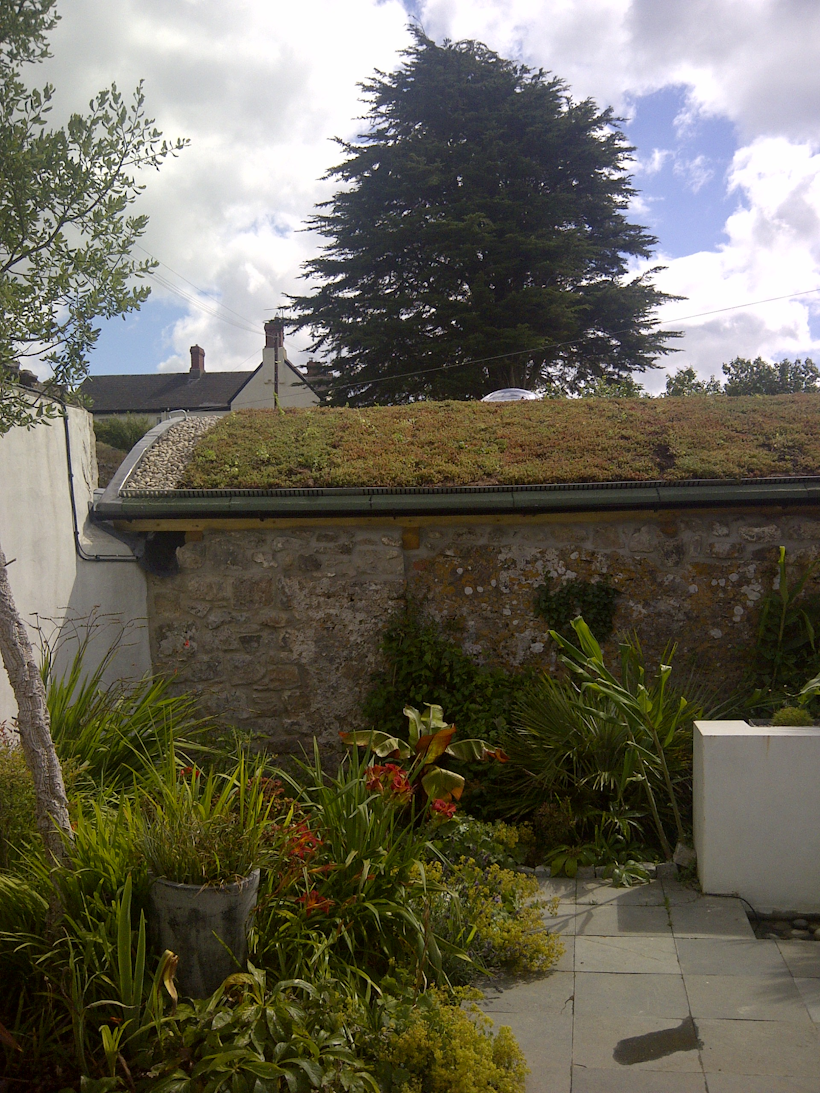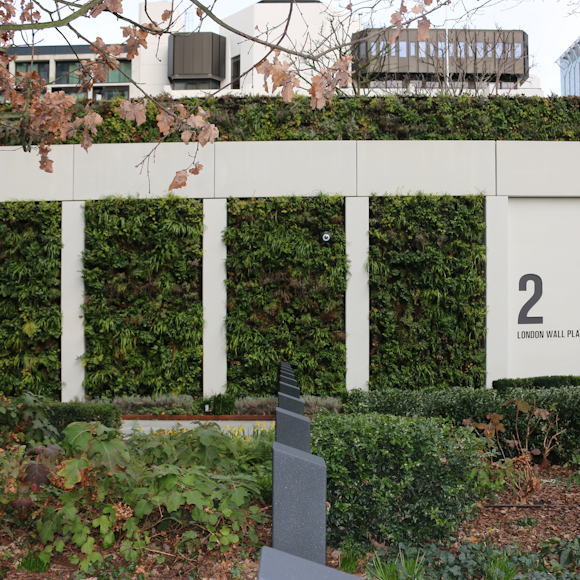Green roofs are becoming increasingly popular as more people realise their environmental and economic benefits. Cities across the world are sprouting a series of sky-high gardens on their homes and businesses, providing urban areas with rooftop greenery and cleaner air. Biophilic design is unparalleled when it comes to brightening urban spaces with natural touches, and its benefits are numerous. But, can everyone have a green roof? Is every building suitable, and does every building owner have the right tools in their arsenal for set-up and maintenance? We’re going to break down exactly what you need to know about installing a green roof in your building.
Is a green roof worth the time and effort it takes to construct and maintain? Absolutely. Even a quick breakdown of the advantages shows how much a green roof can change your building for the better:
- Reduced energy costs. Green roofs have shown to reduce energy bills by more than 75 percent due to their ability to both insulate and cool a building as needed. You can calculate exactly how much energy a green roof would save compared to a conventional roof here.
- Cleaner air. The plants of a green roof absorb carbon dioxide and other air particles nearby, while also releasing oxygen into the atmosphere.
- Regulated temperature. Cities often suffer from the urban heat island effect, which is a rise in temperature compared to nearby rural areas due to the density of buildings and materials such as tar and concrete. Green roofs have been proven to reduce this effect, which provides a great long-term benefit to the local environment.
- Reduced flooding. Due to the abundance of non-porous materials in cities, a storm can create more than five times as much water run-off than it would in a rural area. Green roofs retain up to 90 per cent of the precipitation that falls on them, greatly reducing flooding in times of extreme weather.
A green roof can be easily installed on any horizontal space that has a slope of less than ten degrees. It can be possible to install green roofs on steeper spaces, but it’s recommended you seek professional advice before doing this. Our green roof systems contain connecting tiles that can be cut to fit into small spaces, so you can fit a green roof into a space of any size.

A green roof can be an excellent addition to your home through its aesthetic value, which will add value to your property. It can also improve views from second-storey windows and be used for growing kitchen herbs. The drainage capacity of a green roof is another great reason for installation. Green roofs provide shade in the summer and insulation in the winter, so your energy bills will be reduced all year round. When considering a green roof for your home, you need to ask yourself the following:
- Do you have access to your roof for construction and maintenance?
- Do you need planning permission, or some other kind of clearance from a local authority?
Many green roofs require no such due to the fact that they are an addition rather than an alteration to a building, but its still advised that you check in advance.
- Is your current roof capable of holding the weight of a green roof?
You can check the weight of each of our green roof options .
Once each of these factors have been considered, you can start to plan the installation of a green roof in your home. The coverage it provides your existing roof is likely to extend its lifespan by years- possibly even decades!
In many ways, installing a green roof in a corporate building is much easier than in a home. Many cities offer grants to buildings that install green roofs, and a green roof can be an excellent addition to your company’s brand image. A green roof is an excellent investment in reducing your office’s carbon footprint, and it can also provide your employees with a tranquil green space, reducing health issues and stress.

The location of your building and the available space should be the main factors when deciding what type of green roof you should install. The varieties of plants included on your green roof should be chosen based on the regional climate; in particular, the amount of sunlight and rainfall. Viritopia can assist you with this process. We take a lot of care to only use plants that are compatible with the local biosphere.
At Viritopia, our products have been designed so you can install them easily, even if you have no prior construction experience. We have a step-by-step guide and video here so you know exactly what to expect when it comes to installing a green roof, as well as a list of tools you’ll need. Whether you’re installing your green roof or hiring someone else to do it, installation will be simple and fast thanks to our comprehensive GrufeKits. Green roofs are primarily filled with a type of succulent called sedum, and you can find a breakdown of the different sedum types you can feature in your green roof here. Sedum requires little maintenance and can withstand many weather extremes, making it an excellent choice for this durable green installation.
Installing a green roof in your home or office will bring many economic, environmental, and emotional benefits to anyone who interacts with it. In cities around the world, green roofs are springing up as their advantages are being recognised by more people. Green roofs are easy to install and maintain, and can increase the lifespan of your traditional roof, as well as save on the building’s energy costs. A green roof can be installed on almost any flat surface, as well as roofs with a small slope. The use of sedum in green roofs means they can be installed in almost any climate, and will help in adverse weather conditions of all kinds, from heatwaves to rainstorms. Green roofs are the future of biophilic design, so get yours early and reap the rewards for longer!


